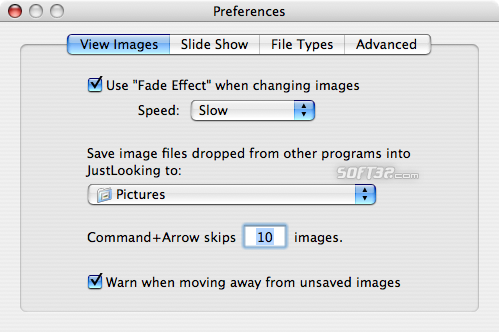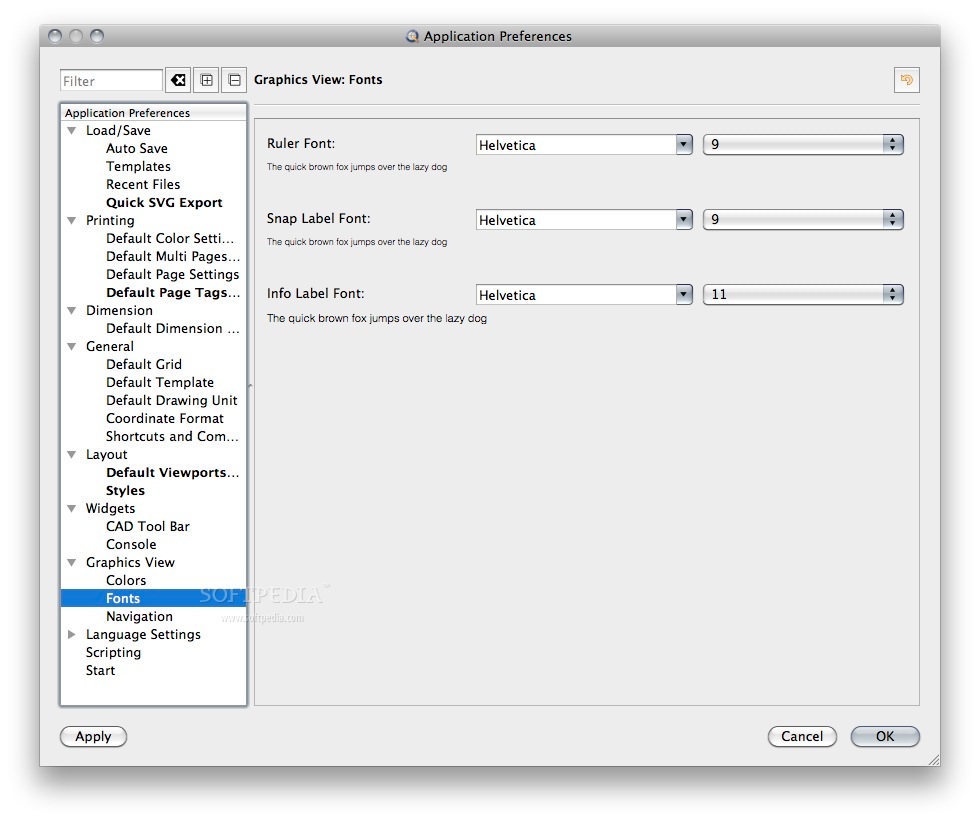

This tutorial will specifically show how to assemble, clean and reconstruct data from a 3D laser scanner. Using Meshlab to Clean and Assemble Laser Scan Data: Meshlab is an open source software program used to manipulate and edit mesh data. The system relies for mesh processing tasks on the gpl VCG library (vcg.sf.net).

I will continue to develop turning part of my scanner, and add more information about it after I finish.MeshLab, a mesh processing system, for user assisted editing, cleaning, filtering and rendering of large unstructured 3D triangular meshes (typical 3D scanning meshes). However, since it is more fragile, some small parts damaged after excavation. I sent my data to Z-corp, to be able to make a bigger object and have more smooth surfaces. I have sent it to rhino for a final check, and created STL data out of it. I decided to use this sci-fci object for 3d printing. It might be bothering if you have all the points you need, but in my case it created beautiful solution, generating a shell for undefined part of my body. In my secod trial, I used Poisson algorithm which usually adds more verticies to evaluate a surface definition. This algorithm only uses existing points therefore more precise. In my first trialI had used Ball Pivoting algorithm, wich pivots a hypotatical ball around vertecies creating triangles when possible. Afte creating normals there are several algorithms that can generate surfaces. Usually 10-15 would be enough, depending on the form you create. All I had to do was define how many neighbour points will be used to generate the normal.

If you have an absract set of point coordinates without any normal vectors or surfaces, you need to generate normals first. Then followed few steps I have learned from online sources. I cleaned the point cloud from unneceseary information. It almost perfectly created surfaces even though the point cloud was ill-defined. This program was much more effective for creating surfaces then I have expected. Afte writing the point cloud file I have imported it into MeshLab. I have checked my code creating boxes instead of points and sending data to RhinocerosĪfter evaluating my approach I add another piece of code to stream point information into a point cloud file.

Open Kinect library for Processing by Daniel Shiffman I have modified his point cloud script for my project adding a freeze ajd record phase.
MESHLAB FOR MAC OS MAC OS X
There is a nice step by step tutorial in creativec0d1ng to install and use kinect sensor in Mac Os X 10.8 for whom to be interestedĪlthough Open NI is quite enough for capturing the data, I have find more suitible environment for my project. Open NI provides quite flexible environment for this issue. In order to use Kinect in Mac OS X, several driver and software should be installed. I wanted to make sure I finish my scanning before the 3d printing deadline
MESHLAB FOR MAC OS SERIAL
However, altough I have managed to assemble arduino-kinetc-processing platforms, due to a bug on my serial connection I could not go further. When we make a turning platform we may create a point cloud to reconstruct the object in 3d. Since kinect is capable of taking a precise dept information it can be used as a scanner. My project was to develop a 3d scanner with kinect and arduino. Building up a scanner with Kinect and Arduino


 0 kommentar(er)
0 kommentar(er)
